Today, our local guide in Fez was Hashim.We started in Fez el-Jdid (the new medina of Fez), which is only 700 years old. The paranoid Merenid Sultan Abu Yusuf Yacoub (1258-86) built the quarter as a political and administrative hub and used Syrian mercenary guards to isolate himself from his subjects.
Our first stop was the Royal Palace, Dar el-Makhzen, at the entrance to the grand square. It wasn’t open to the public so we just looked at the imposing brass doors, surrounded by fine zellij (tilework) and carved cedar wood. Lemon trees stood daintily off to the side. The guards posed for pictures.

Dar el-Makhzen (Royal Palace)
We walked next to the palace walls along the outer edge of the Jewish Quarter, or Mellah. In the 14th century, Fez el-Jdid became a refuge for Jews. Mellah means “salt” and was called this because the Jews sold salt, in addition to jewelry. This quarter offered the Jews protection and they in turn repaid the sultan with loyalty during conflicts. The Jewish people were also protected by the sultans for their precious metal trade. The old houses had open balconies of curved wood and wrought iron looking out over the streets, a contrast to Muslim styles. After the 15th century, Jews were not allowed to leave the mellah without papers, and they weren’t allowed to wear shoes outside the mellah.
Now there are only 200 Jews in the Mellah as most have moved to the Villa Nouvelle, or further afield, to France, Israel or the U.S.

Mellah

Mellah
Our guide drove us to a cemetery on a hill where we had a panoramic view of Fez nestled into its hills. People visit the cemetery on Fridays and Holy Days. We weren’t allowed to enter it.

cemetery overlooking Fez
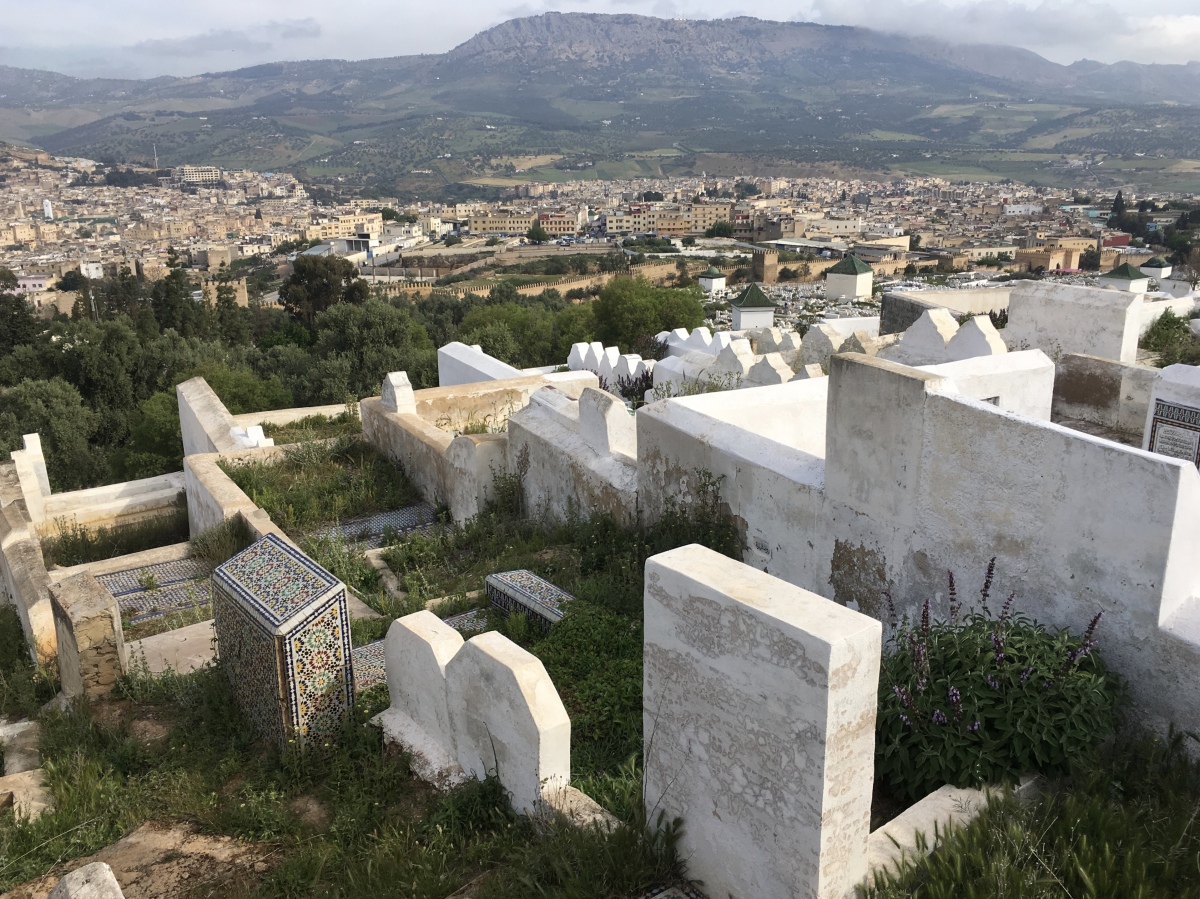
cemetery overlooking Fez

cemetery overlooking Fez

view of Fez from the cemetery

cemetery overlooking Fez

cemetery overlooking Fez
At a ceramics factory, we watched craftsmen making pottery and tiles. They did a four-year apprenticeship. One potter, age 34, had been a potter for 17 years. He demonstrated how to make different shapes like a tajine and a candlestick. I wanted a beautiful bowl but it was $300 to buy and ship – too much! I was wracked with indecision and didn’t end up buying anything. I liked so much though, and I hoped I’d see cheaper ceramics in the market. Sadly we didn’t have much free time in Fez for shopping.
When we first went into the old medina, we walked around the residential area, which was very quiet with narrow lanes and mudbrick walls. This part of Fez was founded in 805 A.D.

residential area of Fez
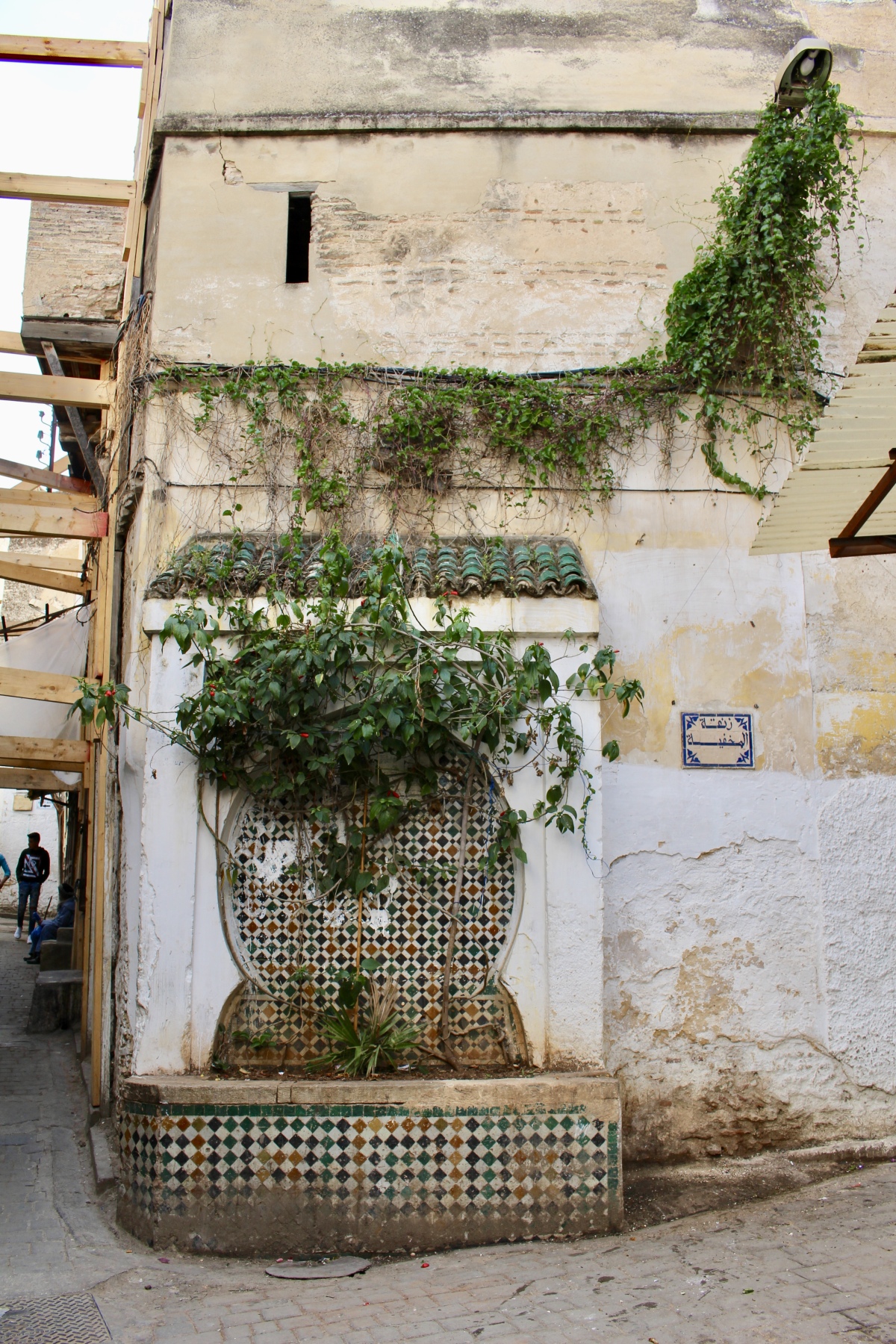
residential area of Fez

petals in residence
We then walked through the medina, Fès el-Bali, tempted by olives and fruits. We walked past the fruit and vegetable sellers and the meat sellers. The Fez medina is full of labyrinthine lanes where it is easy to get lost; I guess that’s why our guide didn’t turn us loose.

olives in the medina

olives in the medina

pears in the medina
Some musicians in colorful dress marched through singing, drumming and playing cymbals.

Entertainers in the medina
We headed for the Chouwara Tanneries, one of Fez’s most iconic sights – and smells. They handed us sprigs of mint to put over our noses, but it barely kept the horrible odor at bay. Strong odors of skin and dye wafted all around the tanneries. Cow, goat, sheep, and camel are all used to make leather.
The tanning pits are surrounded by leather goods shops. Each shop has a terrace with an overlook. I bought an emerald green wallet, a mustard yellow wallet, and a deep green tote with turquoise suede lining.

me with mint over my nose at the tanneries

Chouwara Tanneries in Fez

Chouwara Tanneries in Fez

leather bags in Fez

Chouwara Tanneries in Fez

Chouwara Tanneries in Fez
We had a look through the doors of Qaraouiyine Mosque and University, one of Africa’s largest mosques and possibly the oldest university in the world. This mosque complex is the spiritual heart of Fez and Morocco. Established in 857 by Fatima al-Fihri, the daughter of a Tunisian refugee, and expanded by the Almoravids in the 12th century, it can accommodate 22,000 at prayer. We observed it from the gates on Talaa Kebira and Place as-Seffarine. Non Muslims are forbidden to enter.

Kairaouine Mosque and University

Kairaouine Mosque and University
Fès el-Bali is a crazy place to walk, because mule drivers and motorized vehicles push their way through the narrow walkways. Mule drivers yell “balak” or “look out,” which is barely enough warning to avoid getting run down.

dried figs in the medina

dried fruits in the medina

brass plates in the medina

slippers in the medina

slippers in the medina
We dipped into the Islamic college: Medersa el-Attarine, founded by Abu Said in 1325 in the heart of the medina. It’s a separate annex to the Kairaouine Mosque. Halls for teaching and a modest masjid (mosque) flank the central courtyard. Multiple floors with dormitories surrounded the courtyard. It showcases traditional Merenid artisanship: zellij (tilework) base, stuccowork, and cedar wood at the tops of walls and on ceilings.
We then went to lunch on a terrace overlooking the town. We were served up salad, aubergine, green beans, beets, carrots, anise, lentils, and bread – all in little individual dishes. Susan and I shared a Kafta tajine. I drank fresh orange juice, always a welcome treat in Arab countries. For dessert we had orange and banana slices sprinkled with cinnamon. It was delicious.
We stopped into a weaving shop where I bought three scarves: 1) a pink and black striped one; 2) a purple crinkled one; and 3) a blue-gray crinkled one. 🙂 We stopped in another shop selling jewelry, ceramics inlaid with silver, paintings, and lots of other stuff, but I didn’t buy anything.

Door in Fez
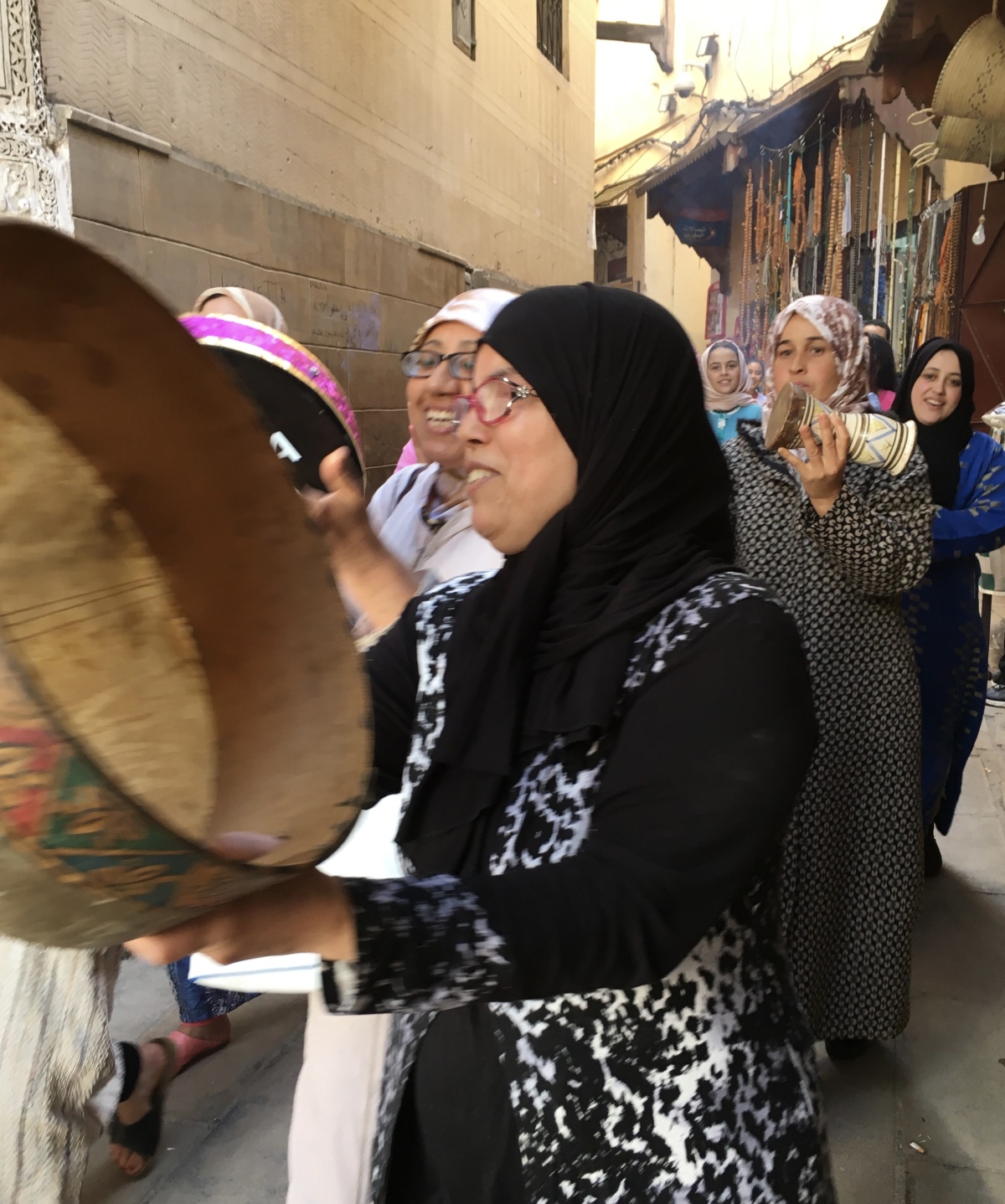
wedding party in Fez
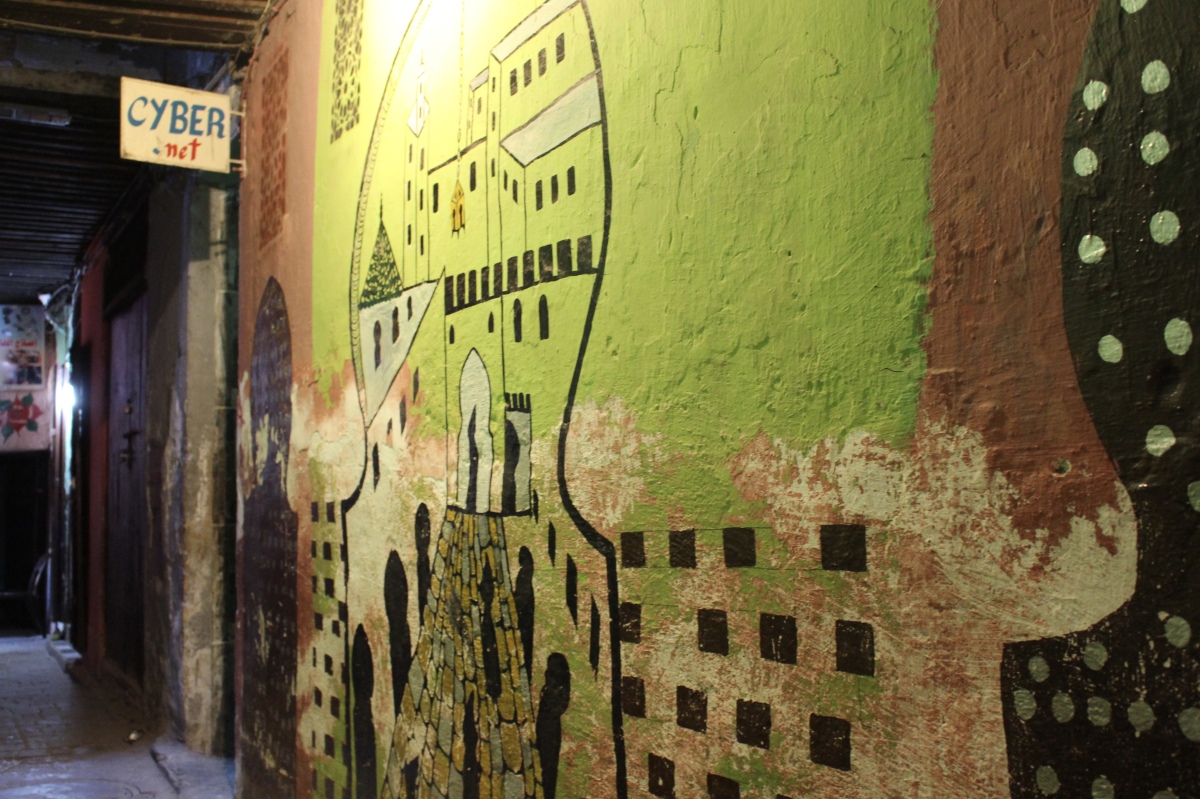
street art in the medina

patisserie

two types of transport
Nicknamed the “Blue Gate” because of the blue zellij tile work on the outside, Bab Boujeloud is one of the newest gates of the medina. It was built in 1913, and its color reflects the blue color of the city of Fez.

the blue gate of Bab Boujeloud in Fez
I felt like we didn’t do Fez justice. The tour was mostly a waste, taking us to various shops to entice us to spend money.
When we got back to the hotel, Susan went out for a walk and coffee with the young clique, and I went for an hour-long hot stone massage at Hôtel Mounia. Two Moroccan women massaged me simultaneously with warm oil, using hot smooth stones to rub over my body. I wore tiny paper bikini underpants and nothing else, so I felt rather exposed! When I turned over on my back, one of the ladies grabbed my chubby belly and said in French “graisse.” I said in English, yes, I know it is “fat,” but it’s not nice (“harram” – which actually means “sinful” but I didn’t know the proper word to use) to tell a woman that. After the massage, I was covered in oil, so I had to go up and soak in a hot bath to wash the oil from my hair and body.
Later, I was sitting in the lobby trying to decide what to do, and Susan came back and suggested we go out for a pizza, which we did at a small hole-in-the-wall just down from our hotel. During dinner she told me how her grandfather was a butcher and their family lived for some time above the butcher shop.
*Steps: 11,340, or 4.81 miles*
*Friday, April 12, 2019*
**************
On Sundays, I post about hikes or walks that I have taken in my travels; I may also post on other unrelated subjects. I will use these posts to participate in Jo’s Monday Walks or any other challenges that catch my fancy.
This post is in response to Jo’s Monday Walk: Vaqueiros in Spring.



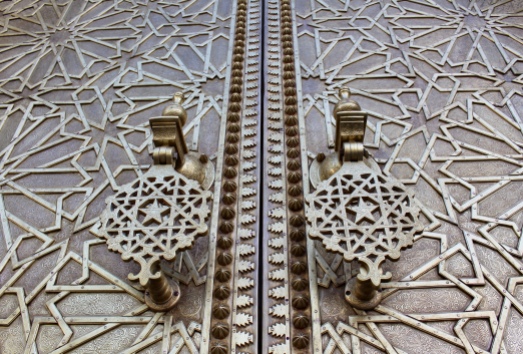
























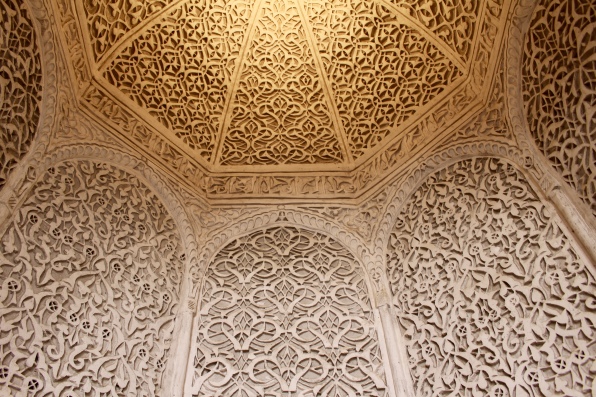




Back later for a closer look, Cathy. Some of these would make great subjects for Jude’s challenge this month 🙂 🙂 Happy Sunday!
LikeLike
Thanks, Jo. I may have to use some of them for her pattern challenge. 🙂
LikeLiked by 1 person
I enjoyed this post very much, Cathy. I almost feel like I was there too. 🙂 I chuckled about the massage experience. I’m guessing you must not have been covered at all. Quite a difference from how massage therapists here at home conduct things!
LikeLike
Thank you, Wendy. I was barely covered except by that tiny paper bikini! It is so different getting massages in the U.S. compared to different countries. We’re so prudish here. 🙂
LikeLiked by 1 person
What a crazy experience. 🙂
LikeLike
It was! 🙂
LikeLiked by 1 person
Sorry for the tannery smell. Recently (last few years), I’ve been growing less and less interested in meat and concomitantly less and less interested in leather (big fan of cotton for a bag or pack). I’ve noticed how many of your meals abroad have been rife with (sometimes only) vegetables and fruits, which I appreciate. I get ideas. Happy Groundhog Day and Candlemas, Cathy!
I like the entertainers. Colorful from the ankles up and wearing the right shoes, I’m sure, for what they do.
LikeLike
That tannery smell was really quite horrible, Christopher. I don’t know how the people who work there can stand it. Even the shopkeepers around the edges have the odor permeating their shops. I understand the move away from meat, and leather as well; a cloth bag sounds just fine! I’m not much of a meat eater when I travel, opting often for seafood or vegetables. Only sometimes do I get meatballs or meatloaf. Thanks for the Groundhog and Candelmas good wishes. I didn’t know about Candelmas until I was at church this past Sunday. Interesting, isn’t it? I enjoyed the entertainers as well, with those colorful clothes, expressive faces, lively music, and functional shoes. 🙂
LikeLiked by 1 person
The Royal Palace st the beginning is absolutely stunning. I’d have enjoyed the fruit and vegetable market but don’t think I could have stomached the tannery.
LikeLike
I loved the doors on the Royal Palace, but it was too bad we couldn’t go inside, Anabel. The tannery was hard to take, but the leather goods were fun to look at.
LikeLiked by 1 person
That medina looks stunning,and thanks for the Virtual visit to Fez, Cathy!
LikeLike
Thank you, Sue! And thanks for coming along on the virtual visit. 🙂
LikeLiked by 1 person
It was good!
LikeLiked by 1 person
I love the ceramics too, Cathy, but they can be seriously expensive. I always get befuddled by the choice, which is just as well 🙂 🙂
LikeLike
They were so expensive, and including shipping, they were outrageous. Too many choices for sure, so I guess it was good I could never make up my mind. 🙂
LikeLiked by 1 person
Your very first photo is so beautiful Cathy. There are so many design elements in each of the small parts of the overall facade of the building. I would be filling my camera memory with all the pattern inspirations.
LikeLike
The patterns on the doors were amazing, weren’t they? I’m glad you enjoyed them, Carol. 🙂
LikeLike
So many lovely photos here Cathy, love the doors and the views inside the mosque. A shame you weren’t allowed in. I hate those type of tours that end up taking you to places where they expect you to spend money, though I might have been tempted with the bags even though I rarely use a proper handbag! The tannery I might have gagged at.
LikeLike
[…] A whirlwind tour of Fez, Morocco […]
LikeLike
Despite the ‘whirlwind’ speed you still managed to see a lot and take enough photographs to make me envious. I’d love to have seen the pottery makers. I’ve found though, that if I want something that is too expensive and then buy something else, I’m never happy with the replacement, so perhaps you were lucky not to have time to shop.
LikeLike
I guess it was a good thing I never bought any ceramics because I would have always dreamed of that expensive one that got away! Thanks so much, Mari. It was a whirlwind tour; I wish we had had time to wander independently. 🙂
LikeLike